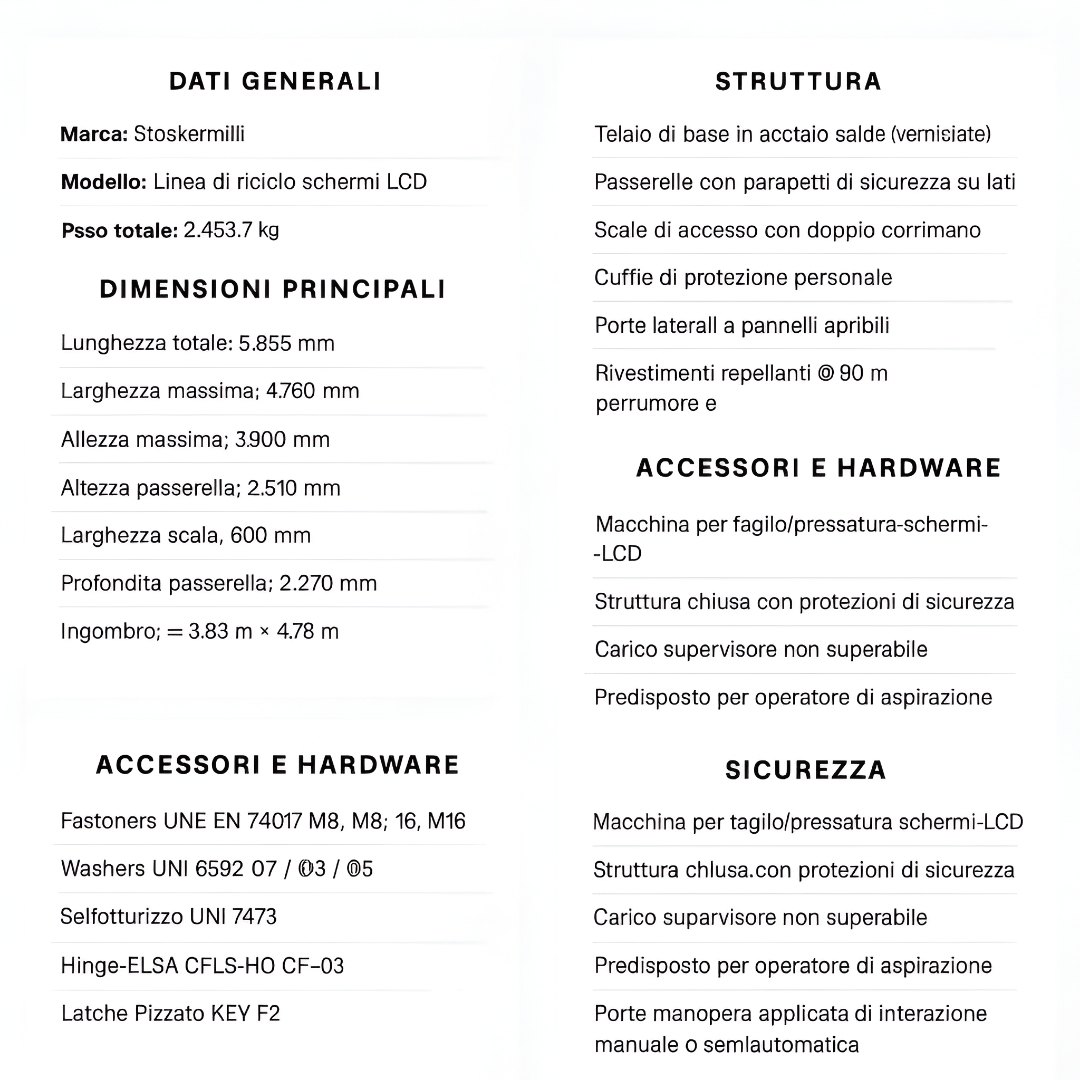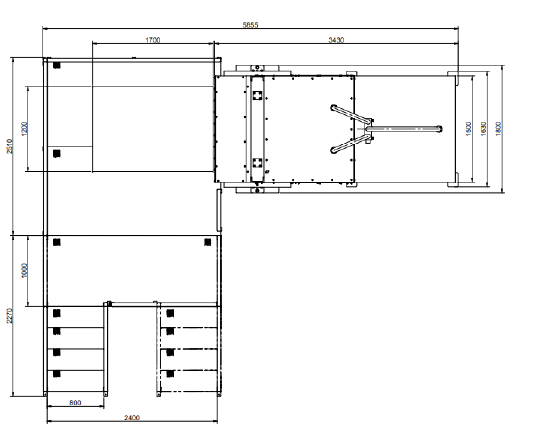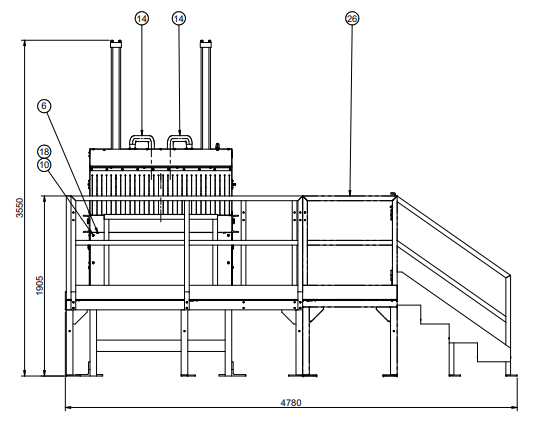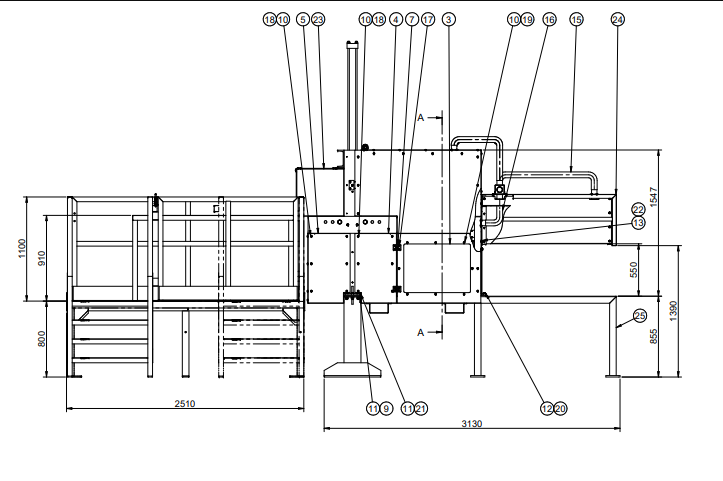La linea di riciclaggio per schermi LCD è progettata per il recupero efficiente e sicuro dei componenti presenti nei display a cristalli liquidi, in particolare vetro e pellicole TFT. Questo processo consente di valorizzare i materiali contenuti negli schermi dismessi, riducendo l'impatto ambientale e promuovendo l'economia circolare.
Il sistema è inoltre dotato di una tecnologia specifica per l’aspirazione delle polveri fluorescenti contenute nelle lampade di retroilluminazione al neon, tipicamente presenti nei pannelli LCD. Queste polveri possono risultare pericolose per la salute e l’ambiente se non gestite correttamente.
Per garantire la massima sicurezza per gli operatori e per evitare la dispersione di sostanze potenzialmente nocive, tutte le operazioni vengono svolte all’interno di ambienti isolati. Tali ambienti sono dotati, ove necessario, di impianti di filtrazione ad alta efficienza, generalmente di tipo HEPA o ULPA, in grado di trattenere anche le particelle più sottili.
La linea di bonifica degli schermi LCD è altamente performante e può trattare fino a 1.000 kg all’ora di display LCD, rendendola ideale per impianti di riciclaggio industriale e centri di trattamento rifiuti elettronici.
Technical Specifications — LCD Screen Recycling Line


Altri impianti di riciclaggio progettati e prodotti da Stokkermill Recycling Machinery:
- impianti e linee di raffinazione materiali elettrici ed elettronici (RAEE)
- impianti e linee di trattamento e raffinazione alluminio
- impianti e linee di trattamento veicoli a fine vita
- impianti e linee di trattamento hard-disk
- impianti e linee di riciclaggio toner
- impianti e linee di riciclaggio pannelli solari
- linee e linee di trattamento fluff
- impianti e linee di riciclaggio cavi
- impianti e linee di trattamento schede elettroniche PCB’s
- impianti e linee di riciclaggio capsule caffè
- impianti e linee di trattamento residui di frantumazione













